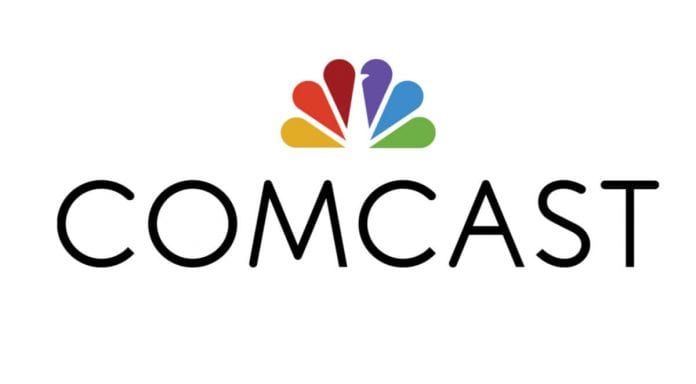TV in the US are investing in new technology that will study viewers and the kind of content that they like to watch.
The technology is as close as TV networks have ever gotten to read the minds of their viewers. Comcast Corporation (NASDAQ:CMCSA) is collaborating with Viacom, Inc. (NASDAQ:VIAB) to create a lab where they can compile much-needed data from TV viewers in make-shift living rooms. The rooms will be fitted with infrared cameras that will collect biometric data based on viewer responses. The technology will focus on details such as facial expressions, eye movement and even heartbeat readings.
It gets even more advanced than that. The project will also include EEG machines to monitor viewers’ brainwaves as they watch TV. Viacom and Comcast are not the only companies taking such extreme measures.
A ratings company called Nielsen Holdings is also adding biometrics and facial coding to its portfolio. The company recently acquired a neuroscience firm called Innerscope Research that will be a significant addition for the firm to advance its viewer research activities.
The engagement of advanced technology is a huge move for the TV industry from the regular methods of collecting data. Firms were previously confined to collecting data based on questionnaires and surveys. Such methods might not always provide the most effective results.
Additionally, the rapid shifts in technology means viewers are no longer viewing TV the same way currently compared to their viewing patterns a few years ago.
Thanks to modern technology, viewers easily skip through ads while alternative solutions such as Netflix offer different experiences. Biometrics and Neuroscience have provided very significant advances in medical research fields. They have provided important and precise insight on how humans think and behave.
TV companies believe that they can leverage this technology to gather a better understanding of viewing habits. They can, therefore, use this technology to come up with better advertising strategies.
If the mission is a success, the result would be a better understanding of how to handle ads, the best time for various ads a better relationship with advertisers and eventually improved ad revenues.
Sources: reuters









